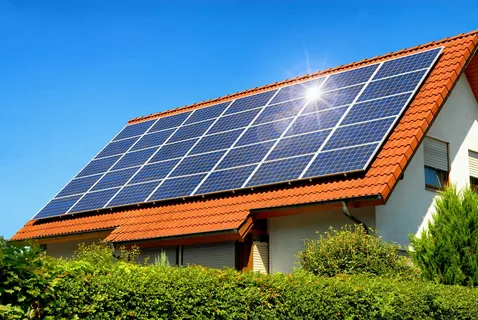Perth enjoys approximately 265 sunny days throughout the year (plus a number of partly sunny days). Even during winter, the city rarely has a temperature that reaches below 10 degrees. Solar panels can stay busy 70% of the year.



Are investing in research and development
Have a stable and excellent financial standing
Have a reputable history and proven longevity, with at least five years of existence in the industry
High worldwide sales
Have minimal human contact during the manufacturing process
Have full control of the resources they utilise in producing their panels
Consider environmental sustainability when designing their products




Easy Solar is committed to ensuring the highest standard of customer service for our clients. Our goal is to gain repeat clients and referrals from them. With a combined experience of 30+ years, we know which products are the best for you. We not only have excellent products, but we provide industry-leading customer service as well.
Unlike other Western Australian businesses, we provide ongoing service in case of problems with the installation or the products themselves. While sales are important, we focus more on the satisfaction of our customers.
You will need to enlist the help of a solar system professional to determine the best size for your home. But the general idea is to ensure the inverter is suitable for the maximum power of your solar system.
Therefore, if you have a 5kW system, you should have 5kW of panels and a 5kW inverter. But inverters are still efficient even if they have up to 25% less capacity than the panels. That’s because of the system losses, which occur in the panels.
The efficiency of the inverter is based on its ability to convert solar power into usable electricity in your home. Grid-tied or grid-connected transformer-based inverters have a 93% efficiency or higher. However, they are not as popular as before, so fewer of them are sold these days. Meanwhile, a transformerless device offers 95% efficiency or higher.
Inverters are best if they are inside the house, particularly in a dry and well-ventilated space. You can place the inverter outdoors but make sure it is weatherproof, especially in grid-connected systems. A weatherproof inverter is typically rated IP65, which means you can install it outdoors despite the harsh weather conditions.
Outdoor installation, however, does not mean the inverter should be placed directly under the sun. It should be in a dust-free area with enough space for proper air circulation.

Copyright © 2024 Easy Solar.